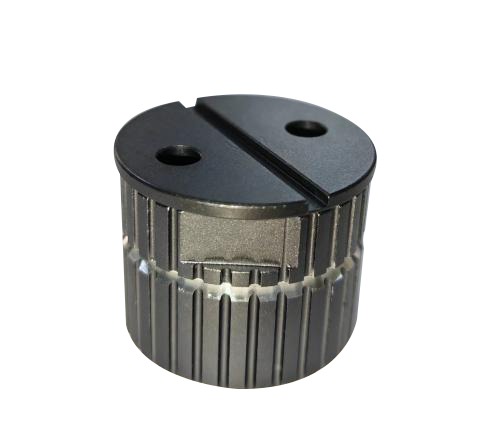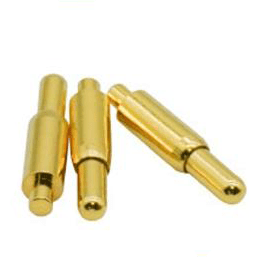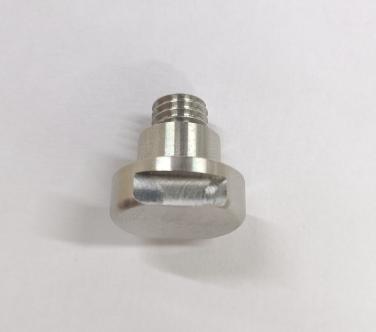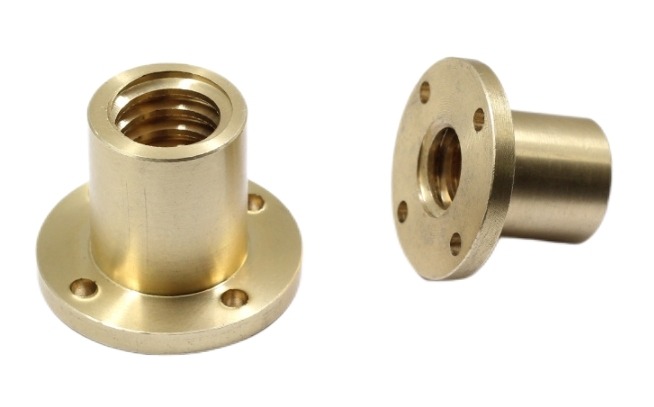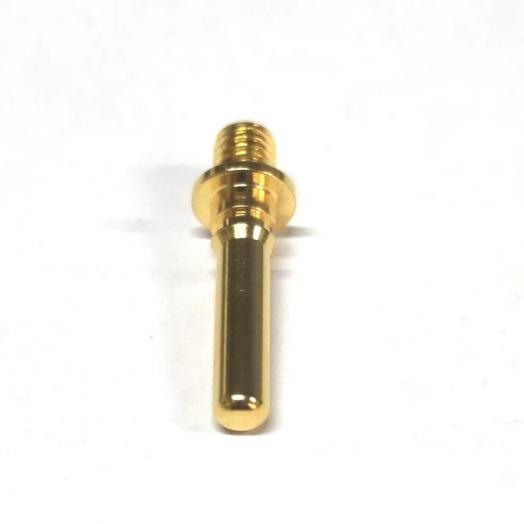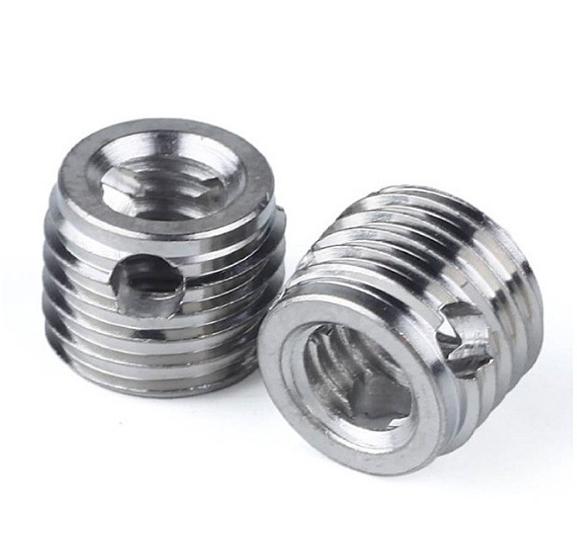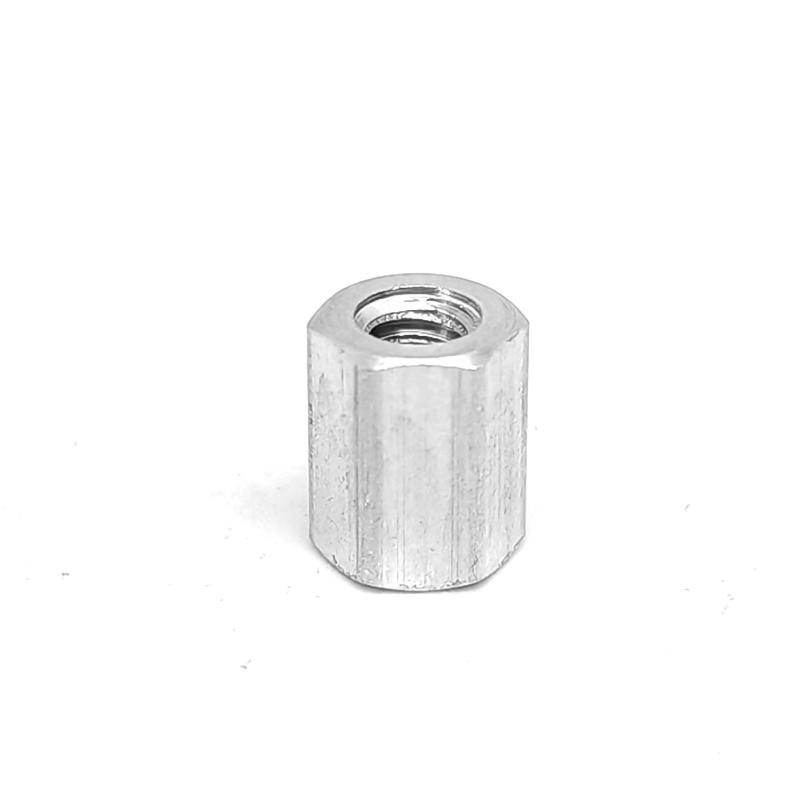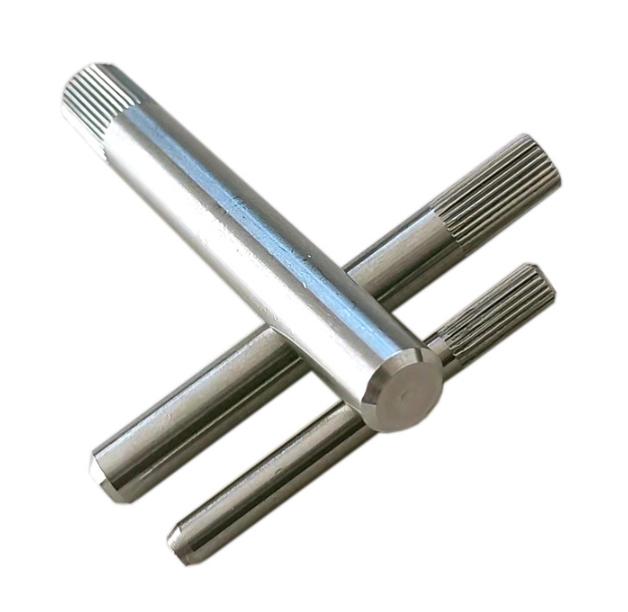Why Choosing Precision CNC Grinding in Aerospace Manufacturing
The aerospace industry demands exceptional precision and reliability in every component used in aircraft, spacecraft, and defense systems. CNC grinding stands out as a critical process in this domain, enabling the production of aerospace components with exacting tolerances and superior surface finishes, which is is essential in ensuring that every part meets the rigorous standards necessary for operation in some of the most demanding environments.
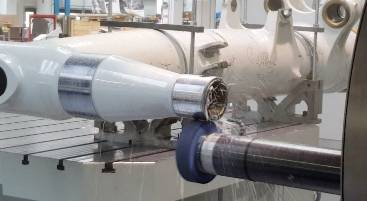
The Role of Precision CNC Grinding in Aerospace
Aerospace components, such as turbine blades, engine parts, and landing gear, must adhere to strict specifications to function reliably at high speeds, temperatures, and pressures. Precision CNC grinding is a machining process that utilizes advanced grinding techniques to achieve these stringent requirements. By precisely removing material from the workpiece, CNC grinding can produce components with tolerances as tight as a few microns, ensuring they fit perfectly within complex assemblies and perform optimally.
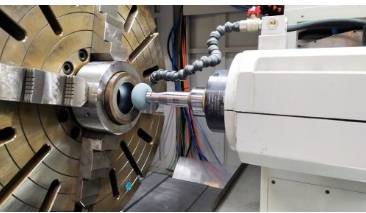
Advantages of CNC Grinding in Aerospace Manufacturing
1. Exceptional Accuracy and Repeatability
CNC grinding machines are capable of producing components with tolerances as tight as a few microns. This level of precision is essential for aerospace components that must fit perfectly within complex assemblies and operate at high speeds and temperatures.
2. Versatility in Material Processing
Aerospace components are often made from advanced materials such as titanium alloys, Inconel, and ceramics, which are difficult to machine using conventional methods. CNC grinding can handle these tough materials, delivering precise cuts and smooth finishes without compromising material integrity.
3. Enhanced Surface Finish
The surface finish of aerospace components is critical, as it can affect aerodynamic performance, fatigue resistance, and heat dissipation. CNC grinding achieves superior surface finishes, reducing the need for additional finishing processes and improving the overall quality of the component.
4. Increased Production Efficiency
With CNC grinding, manufacturers can automate the production process, reducing cycle times and minimizing human error. The ability to program multiple operations into a single machine setup also enhances efficiency, making it possible to produce complex components in fewer steps.
5. Consistent Quality Control
The integration of computer controls allows for real-time monitoring and adjustments during the grinding process. This ensures that each component meets exact specifications, reducing the risk of defects and improving overall quality control.
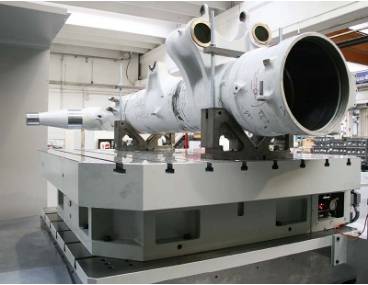
Applications of Precision CNC Grinding in the Aerospace Industry
This chart highlights the various applications of precision CNC grinding in aerospace manufacturing, showcasing how the technology contributes to the quality, performance, and reliability of critical components.
| Application | Description | Benefits of CNC Grinding |
| Turbine Blades | Components that direct airflow in jet engines, requiring precise aerodynamic profiles. | Achieves exact geometries and smooth surfaces for optimal performance. |
| Engine Shafts | Critical rotating components in engines that must meet tight tolerances for balance and fit. | Ensures precision in diameter and surface finish for reliable operation. |
| Bearings | Support rotating parts and reduce friction in engines and machinery. | Provides high accuracy and surface quality to ensure smooth rotation and durability. |
| Landing Gear Components | Parts that support aircraft during takeoff, landing, and taxiing, requiring high strength and reliability. | Delivers precise dimensions and surface finishes to withstand stress and wear. |
| Fasteners and Connectors | Critical for assembling aircraft and spacecraft, needing exact dimensions for secure connections. | Ensures consistency and reliability in fastening and connecting components. |
| Nozzles and Diffusers | Components that control the flow of gases and fluids in engines and propulsion systems. | Achieves precise flow characteristics and surface finishes to improve efficiency. |
| Structural Components | Parts that form the structural framework of aircraft, such as brackets and supports. | Provides exact measurements and surface quality for structural integrity and safety. |
| Hydraulic Components | Parts used in the hydraulic systems of aircraft to controlling flight and landing gear mechanisms. | Ensures high precision and smooth surfaces for reliable hydraulic operation. |
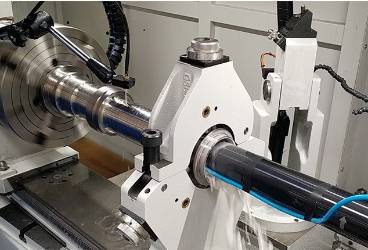
Challenges and Technological Advances in CNC Grinding for Aerospace Manufacturing
Here’s a chart providing a clear overview of the key challenges and the corresponding technological advancements in CNC grinding for aerospace manufacturing.
| Category | Challenges | Technological Advances |
| Tolerances & Surface Finish | Achieving tight tolerances and high-quality surface finishes consistently. | Advanced Grinding Wheels: Superabrasive materials (e.g., CBN, diamond) enhance precision and surface finish. |
| Material Properties | Difficulties with hard, abrasive, or heat-sensitive aerospace materials. | High-Speed Grinding: Increased material removal rates and precision. Enhanced Cooling Techniques: MQL, high-pressure cooling manage heat effectively. |
| Complex Geometries | Handling intricate shapes and features with traditional grinding methods. | Multi-Axis Grinding Machines: Allow complex geometries and multiple facets to be handled in a single setup. |
| Tool Wear & Longevity | Rapid tool wear due to high stresses and abrasive materials. | Advanced Grinding Wheels: Longer tool life with improved materials. Automation & Robotics: Reduces manual handling, which can extend tool life. |
| Heat Generation | Managing heat to prevent thermal damage and ensure dimensional accuracy. | Enhanced Cooling Techniques: Improved heat management with methods like MQL and high-pressure cooling. |
| Quality Control | Ensuring parts meet stringent aerospace standards with robust inspection systems. | In-Process Measurement & Feedback: Real-time monitoring and adjustments. 2. Data Analytics & Machine Learning: Predictive maintenance and process optimization. |
| Automation & Efficiency | Integrating complex automation and maintaining consistent quality. | Automation & Robotics: Increased consistency and efficiency. Advanced CNC Systems: Greater precision with real-time monitoring and adaptive control. |
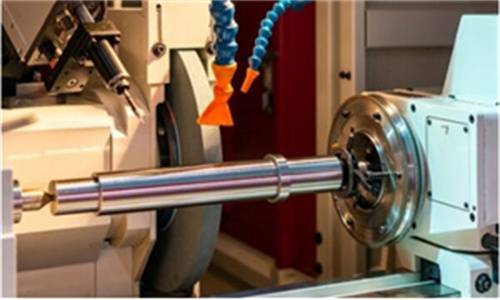
If you want to know more details about CNC Grinding in aerospace, please get in touch with our technology department, and we will reply to you as soon as possible.

